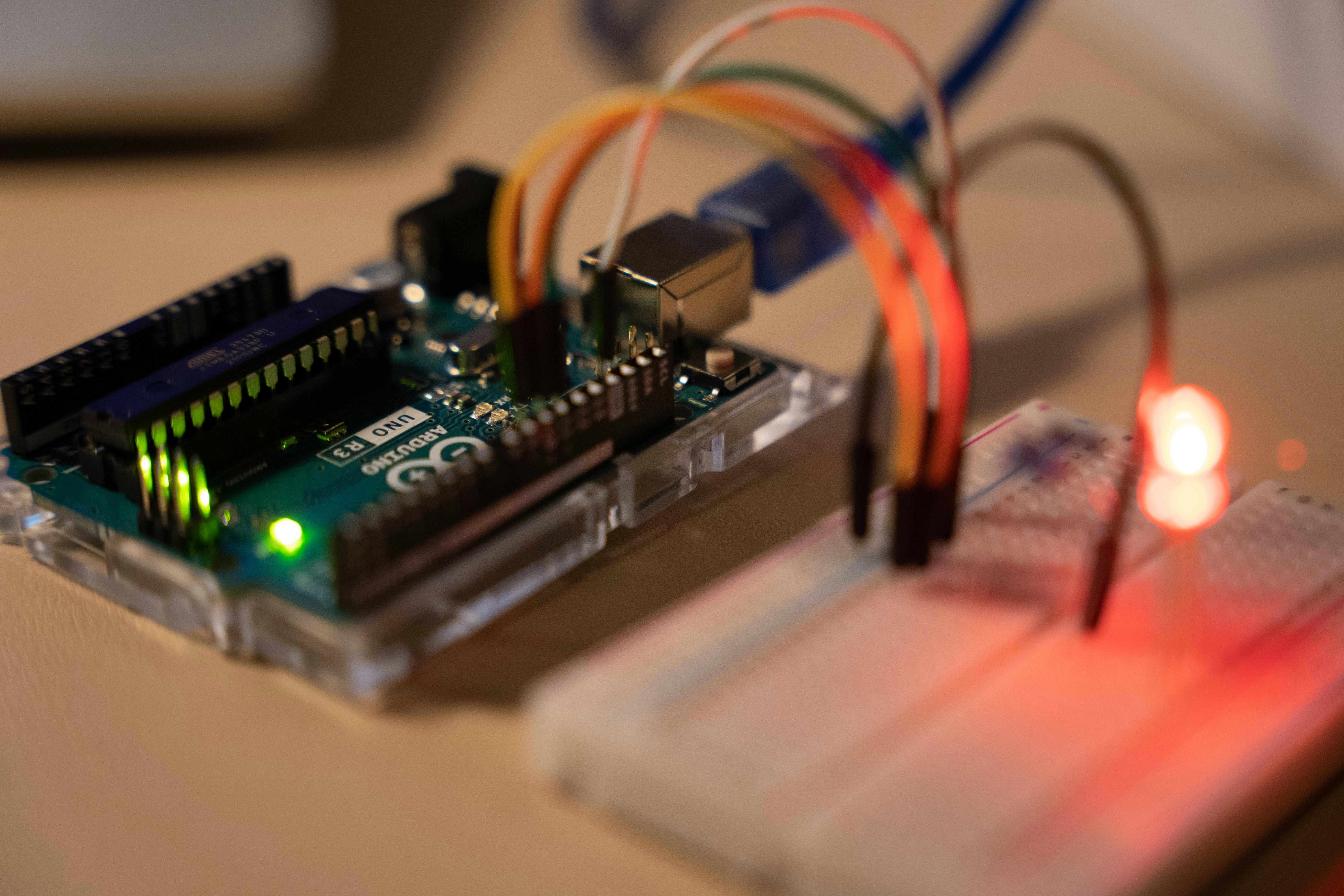IIoT Driving Industrial Growth

Q1. Could you start by giving us a brief overview of your professional background, particularly focusing on your expertise in the industry?
I began my career in 2010 as an Automation Engineer with a machine manufacturing company. Later, I transitioned into the process automation sector, working as an Application Engineer with a system integrator. In this role, I primarily served industries such as pharmaceuticals, oil & gas, and general process automation — helping clients streamline operations through application-based understanding and delivering the right automation solutions to meet their needs.
Subsequently, I gained experience in building automation projects aimed at developing innovative, sustainable infrastructure. Currently, I am working as a Product Manager (Automotive Sector) with a German multinational, focusing on innovative connected products and digital solutions.
Q2. How do you see the global Industrial IoT (IIoT) and machine vision solutions market evolving over the next 3–5 years in terms of size and growth rate?
Over the next 3–5 years, the global IIoT and machine vision markets are expected to grow significantly, driven by rapid adoption of Industry 4.0, AI-driven automation, and the increasing need for data-driven decision-making.
While machine vision will continue to grow in quality inspection, traceability, and robotics applications, IIoT adoption is anticipated to increase as sectors concentrate on predictive analytics, asset performance management, and energy optimization.
We will see double-digit growth rates in both segments, with IIoT expected to achieve a CAGR of 12–15% and machine vision maintaining strong momentum driven by increasing demand for smart factories and autonomous manufacturing.
Q3. How are IIoT and machine vision technologies contributing to sustainability goals in industrial environments — such as energy efficiency, waste reduction, or minimizing downtime?
Machine vision plays a pivotal role in reducing waste and improving quality by automatically detecting product defects using smart camera technologies — a task traditionally performed by human operators. This automation not only enhances accuracy but also ensures defective parts are sorted correctly. Moreover, early detection of defects, even at high production speeds, helps prevent larger breakdowns and material wastage.
On the other hand, IIoT enables industries to build sustainable, data-driven ecosystems that minimize carbon footprints and improve operational efficiency. Some key use cases include:
a) Overall Equipment Effectiveness (OEE) monitoring to identify bottlenecks
b) Tracking MTTR (Mean Time to Repair) and MTTF (Mean Time to Failure) for downtime optimization
c) Predictive Maintenance to reduce unplanned breakdowns
d) Condition Monitoring for asset health insights
e) Leveraging AI-based analytics to identify patterns and optimize parameters like runtime, stoppage time, and energy consumption
f) Real-time energy monitoring to support sustainability and cost efficiency
Together, IIoT and machine vision empower industries to move closer to zero-defect manufacturing and energy-efficient operations.
Q4. How do you see digital transformation shaping the industrial automation landscape, especially in the context of IIoT and machine vision solutions?
Digital transformation has reshaped how we live, work, and interact. Just as smartphones connect us to our families, schools, and banks, IIoT connects machines, assets, and processes — enabling seamless data flow and real-time decision-making.
As a fundamental component of Industry 4.0, IIoT aids businesses in establishing their digital transformation plan and strategy. It transforms unprocessed data into valuable insights by tying together all the layers of the industrial environment.
In contrast, machine vision collects data based on images that may be examined using deep learning algorithms. This makes it possible for systems to identify flaws, forecast patterns, and consistently raise the caliber of output. To move toward autonomous and intelligent production, enterprises can improve quality, increase throughput, and optimize processes by merging machine vision and AI.
Q5. How significant is the opportunity to expand into predictive maintenance solutions and real-time quality inspection for industrial customers?
There is a huge opportunity. Predictive maintenance and real-time quality inspection are now crucial competitive pillars as industries aim for zero downtime and zero-defect manufacturing. Early anomaly detection made possible by predictive maintenance increases equipment life, lowers unscheduled shutdowns, and enhances safety.
Similarly, real-time quality inspection through machine vision and AI ensures continuous quality assurance at production speed — helping companies maintain consistency, reduce scrap, and enhance customer satisfaction.
Together, these solutions not only optimize costs but also enable a shift from reactive to proactive operations, creating a significant value proposition for industrial customers globally.
Q6. In your view, which companies are leading in innovation and market share in industrial automation, particularly in IIoT and machine vision solutions?
Based on the ISA-95 automation hierarchy, several leading companies dominate various layers of the industrial ecosystem:
Cloud: AWS, Microsoft Azure
ERP: SAP, Oracle, Epicor
MES/SCADA: Ignition, Rockwell Automation, Siemens, AVEVA
PLC/Edge Devices: Rockwell, Siemens, Wago, Schneider Electric, Mitsubishi
Field Sensors: SICK, IFM, Pepperl+Fuchs, Balluff
In Machine Vision, key global leaders include Cognex, Keyence, Teledyne DALSA, Baumer, and SICK, who continue to drive innovation in smart cameras, AI-based vision systems, and 3D imaging technologies.
Q7. If you were an investor looking at companies within this space, what critical questions would you pose to their senior management?
As an investor, I would focus on understanding the company’s long-term vision and digital readiness. Some key questions would include:
a) What is your digital transformation strategy?
b) What are your key goals and roadmap milestones?
c) Do your platforms follow an open and interoperable architecture?
d) Is there a free trial or proof-of-concept (PoC) opportunity for customers?
e) How easily can your solution be integrated into existing infrastructure?
f) What key business KPIs or manufacturing outcomes does your solution aim to improve?
These questions help assess not only the company’s innovation focus but also its customer-centricity, scalability, and market readiness.
Comments
No comments yet. Be the first to comment!
